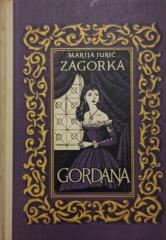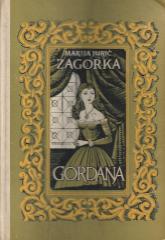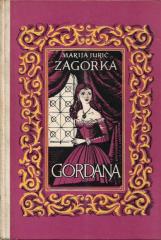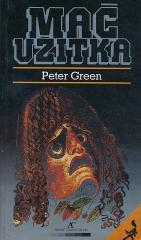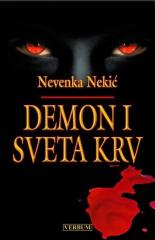
Plameni inkvizitori 1-2
Der zweite Teil von Zagorkas Zyklus „Die greche Hexe“. In „The Flaming Inquisitors“ verbindet sie Fiktion und historische Fakten und erkundet die Herrschaft Kaiser Josephs II., den Kampf gegen Aberglauben und religiöse Intoleranz sowie die Stellung d
Der Roman setzt die Ereignisse des ersten Teils der Serie fort, in dem die Hauptfigur, Gräfin Nera, eine trotzige und mutige junge Frau, unter dem Vorwurf der Hexerei Opfer von Intrigen und Verfolgung wird. Nera lebt in einer Zeit, in der Frauen oft Opfer von Aberglauben und starren Gesellschaftsregeln waren. Sie kämpft für Gerechtigkeit und die Wahrung ihrer Würde und weigert sich, sich den Mächtigen und ihren Ungerechtigkeiten zu beugen.
Die Geschichte spielt in Zagreb, wo sich die Angst vor Hexen ausbreitet und die Inquisition ihren Einfluss stärkt. Menschen aus unterschiedlichen Gesellschaftsschichten – vom armen Bürger bis zur Aristokratie – unterliegen dem Aberglauben, und Inquisitoren missbrauchen ihre Position, um Macht und Reichtum zu erlangen, was zu „Hexenjagden“ führt. Nera deckt zusammen mit dem geheimnisvollen Grafen Sijan, einem intelligenten und klugen Adligen, der sich in sie verliebt, eine Verschwörung auf, die hinter den Vorwürfen der Hexerei und der Verfolgung unschuldiger Frauen steckt. Sijan ist ein Mann mit fortschrittlichen Ideen und ein Kämpfer für Gerechtigkeit, der sich dafür einsetzt, Nera zu beschützen und ihr dabei zu helfen, die wahre Wahrheit aufzudecken.
Während sich die Handlung entfaltet, sehen sich Nera und Sijan einer Reihe von Gefahren ausgesetzt, während sie versuchen, eine weitere Unterdrückung der Unschuldigen zu verhindern und die Stadt von Angst und Fanatismus zu befreien. Ihr Kampf ist geprägt von Abenteuern, mysteriösen Ereignissen und emotionalen Herausforderungen, einschließlich Vertrauensproblemen und persönlichen Zweifeln. Durch den Konflikt mit den mächtigen Inquisitoren symbolisieren Nera und Sijan den Widerstand gegen Aberglauben und Bigotterie, während sie gleichzeitig einen Weg finden, ihre Gefühle auszudrücken und für die Liebe zu kämpfen.
Im Angebot sind keine Exemplare vorhanden
Das letzte Exemplar wurde kürzlich verkauft.
